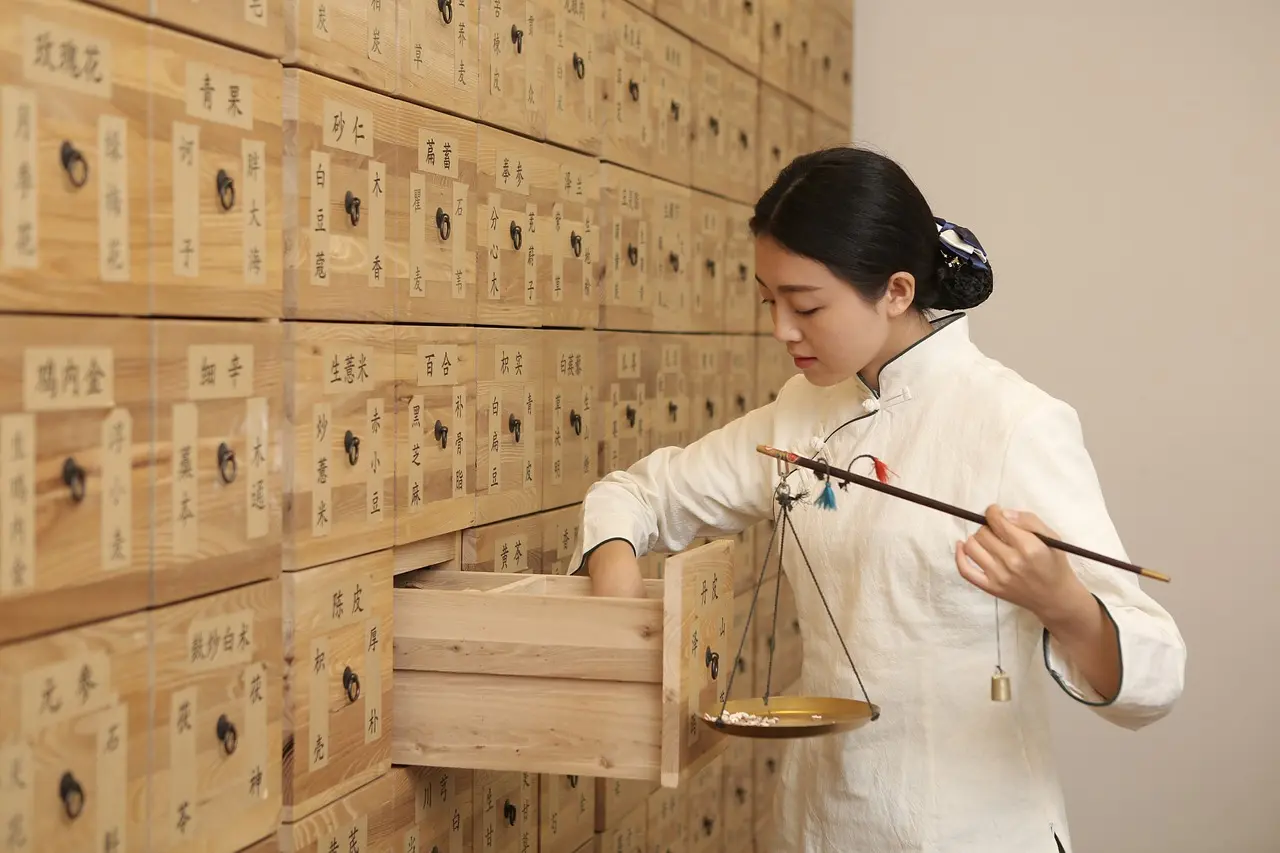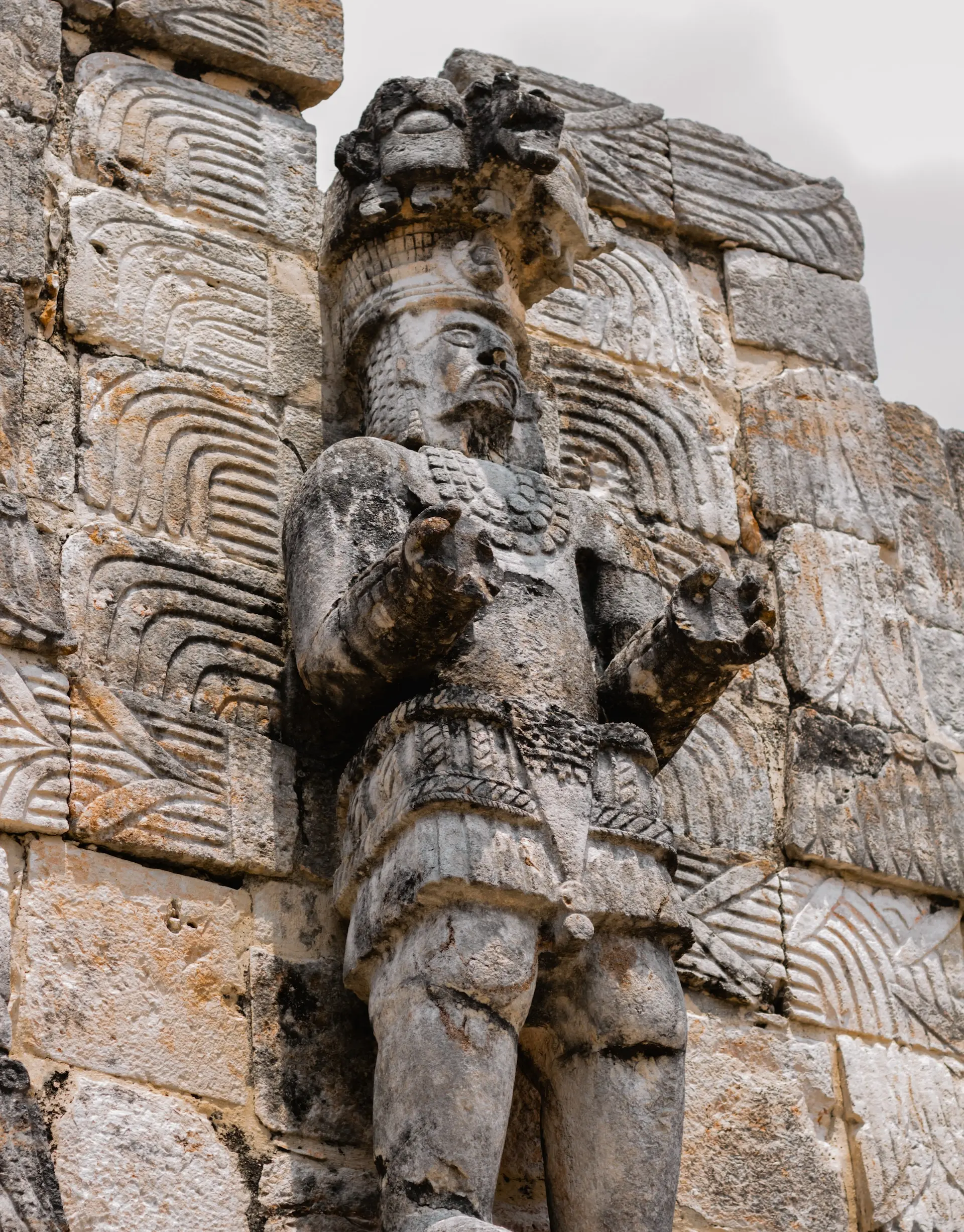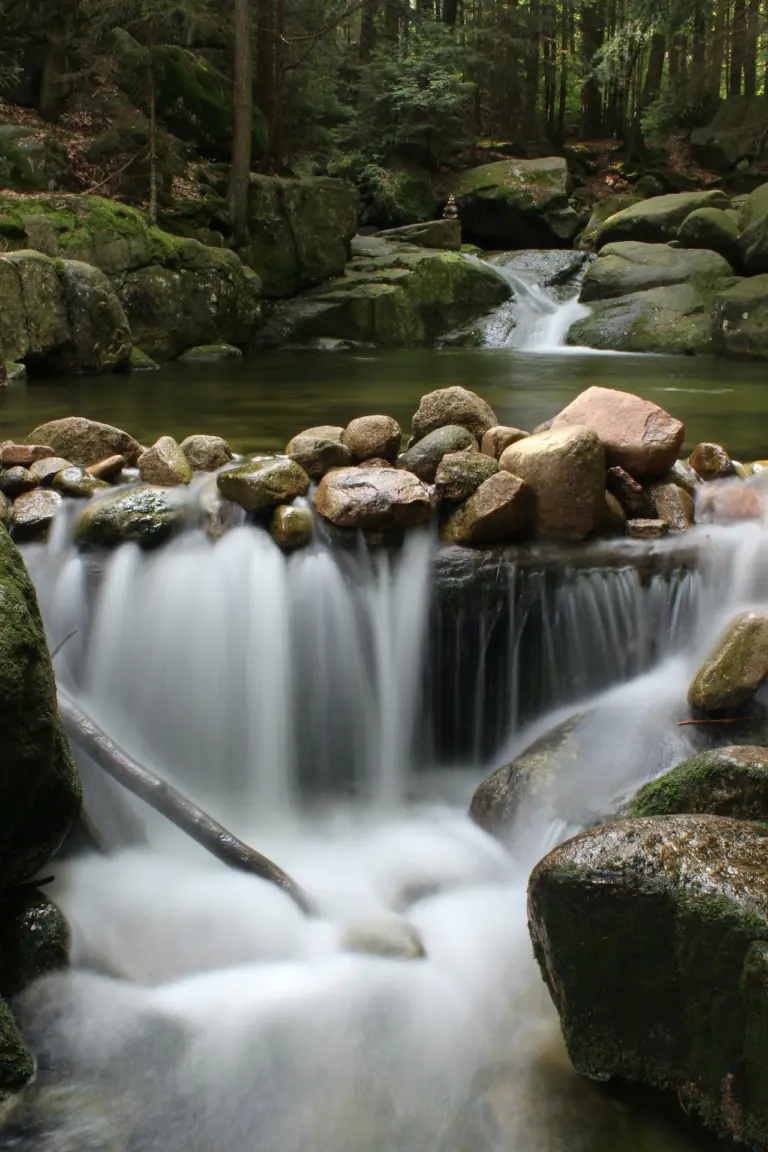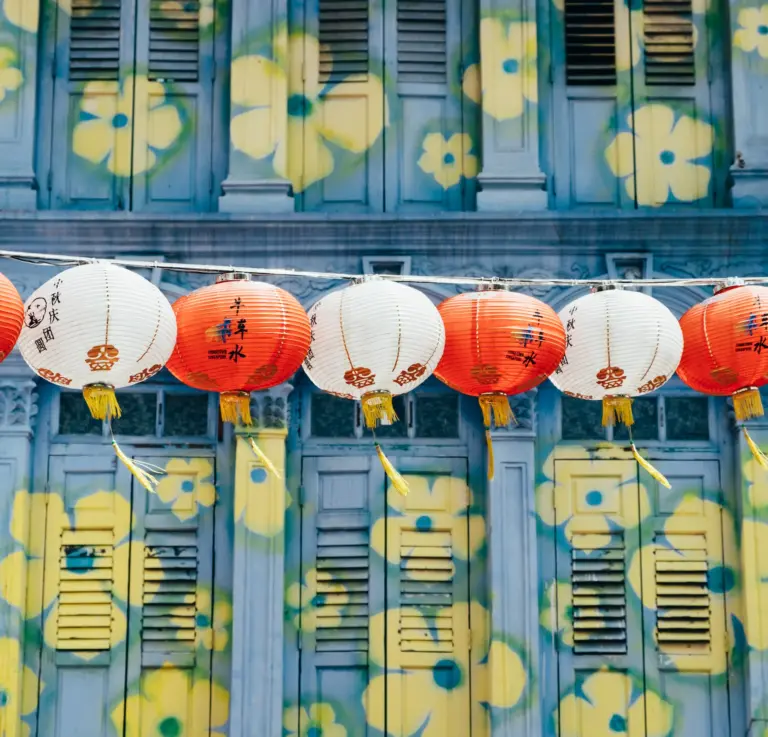Otaru is a city that seamlessly merges its rich traditional history with modern rustic charm. A laidback town with some of the friendliest people on the north side of Japan.
Once heralded as the “Wall Street of the North” due to its thriving financial district, the Otaru today steps away from the hustle and instead, offers you an idyllic but romantic setting with its beautifully preserved canals and soothing music boxes.
In this travel guide, we’ll dive deep into 15 wonderful things that will make Otaru a must-visit destination on any Hokkaido itinerary.
Table of Contents
ToggleHistory of Otaru
Otaru, a picturesque coastal town in Hokkaido, has a past as captivating as its serene landscapes. This town has borne witness to both the quiet simplicity of fishing life and the bustling pace of modern commerce.
Otaru was recognized as being of Ainu origin and the name Otaru means “A river running through the sandy beach.”
In its early days during the 19th century, Otaru was a humble fishing village, primarily thriving on herring fishery. And by humble, I mean, the town had a population of just 458 people around 1865!
The turn of the 20th century marked a significant period of change for Otaru. With the completion of the Horonai Railway in 1880, Otaru was finally connected to Sapporo, Hokkaido’s capital. This railway network not only facilitated the transport of coal but also ushered in a new era of commerce. With this newfound connectivity, Otaru’s importance as a commercial hub grew exponentially.
By the early 1900s, the town was a bustling port, welcoming ships from Russia, Korea, and even as far away as mainland China. This rich maritime trade led to the establishment of Otaru’s iconic stone warehouses, which today stand as historical reminders of the town’s flourishing trade era.
As decades passed, Otaru’s reliance on its port decreased due to the emergence of larger, modern ports in other regions. However, this allowed the town to pivot towards preserving its historical charm and focusing on tourism.
Best Places to Visit in Otaru
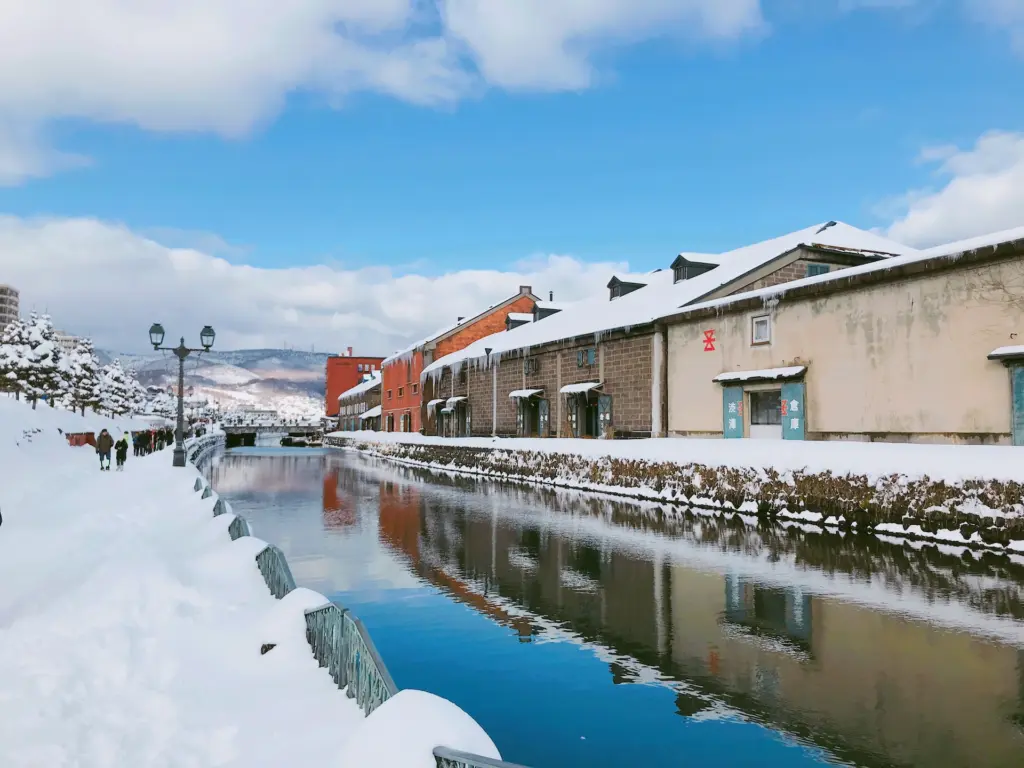
1. Otaru Canal
Upon arriving in Otaru, one of the first sights that will undoubtedly capture your heart is the iconic Otaru Canal.
In its heyday during the late 19th and early 20th centuries, the canal played a pivotal role in Otaru’s aforementioned trade activities.
However, what truly makes the Otaru Canal stand out today is its transformation. By the 1980s, modern infrastructure made most of the canal redundant. Instead of letting it fall into oblivion, the town decided to revitalize the waterway.
The southern half was preserved for historical purposes, while the northern section was filled in to create a scenic promenade. This blending of the old and new has created a unique scenery that you’re sure to cherish once you take a leisurely stroll.
You’ll get to appreciate the Victorian-style gas lamps and the reflection of the antique brick warehouses in the shimmering water, the canal is especially enchanting during winter when soft snow blankets the surroundings, and illuminations cast a magical glow on the water’s surface.
Cost: Free
2. Old Aoyama Villa
The Old Aoyama Villa, constructed in 1917, once belonged to the affluent Aoyama family, who established their fortune in the lucrative herring fishery trade that Otaru was renowned for.
Spanning approximately 5,000 square meters, the estate consists of the main residence, a guest house, and an intricately designed traditional Japanese garden. The architecture embodies a harmonious fusion of Western and Japanese elements, a common design approach among wealthy families of that period.
The prominence of herring in Otaru’s past cannot be understated. From the late 19th to the early 20th century, Otaru was the epicenter of the herring industry in Japan. The fish not only significantly contributed to the local economy but also influenced the culture and lifestyle of the residents. The Aoyama family was among the prominent benefactors of this trade.
The villa is an informative portal to understanding the broader context of Otaru’s history. The herring fishery was more than just an industry; it was the lifeblood of the town.
Cost:1,100 JPY
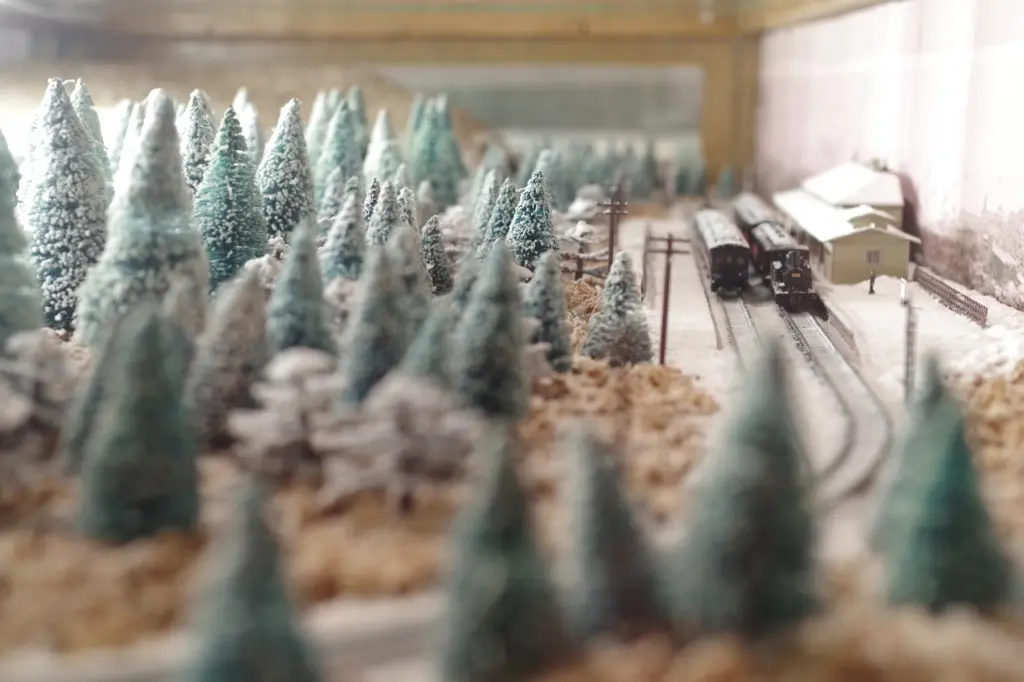
3. Otaru Museum
Located in two distinct campuses, the Otaru Museum has the Canal Building situated close to the famous Otaru Canal and the Ungakan Building, which leans more towards natural history.
Otaru’s historical narrative is deeply rooted in its industrial evolution, and the museum expertly brings this to life. Otaru’s symbiotic relationship with railways, water transportation, and especially the herring industry, is meticulously detailed through a series of exhibits.
A significant part of the museum’s collection is dedicated to the Temiya Line, the first railway line in Hokkaido. This railway’s establishment not only transformed transportation within the region but also played a pivotal role in Otaru’s economic ascension.
The Ungakan Building, in particular, is home to exhibits that detail the unique flora, fauna, and geological features of Hokkaido.
Cost: 500 JPY
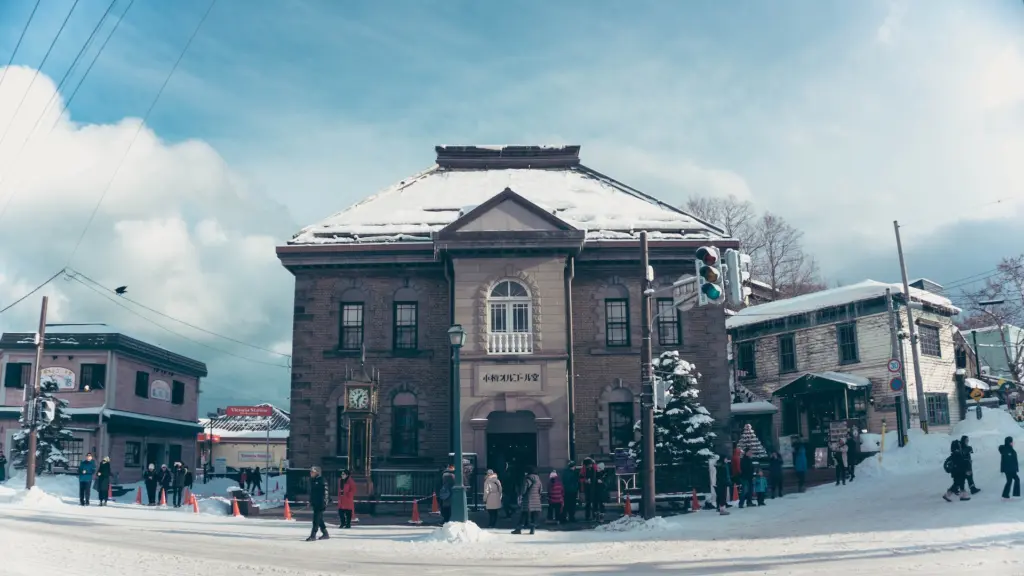
4. Otaru Music Box Museum
The Otaru Music Box Museum is housed in a collection of restored historical buildings. It’s a really charming fact that Otaru seems to be a town that really loves its music boxes.
The origin of music boxes in Otaru can be traced back to sailors from foreign shores who brought these captivating items to the town over a century ago. Recognizing their beauty and the intricate craftsmanship, local artisans quickly took to creating their own, producing designs that intricately merged foreign techniques with traditional Japanese artistry.
Spanning several floors, the museum boasts a collection of over 25,000 music boxes, some of which are antiques that have been meticulously restored. Each music box, with its distinct design and melody, offers a peek into a different era.
Cost: Free
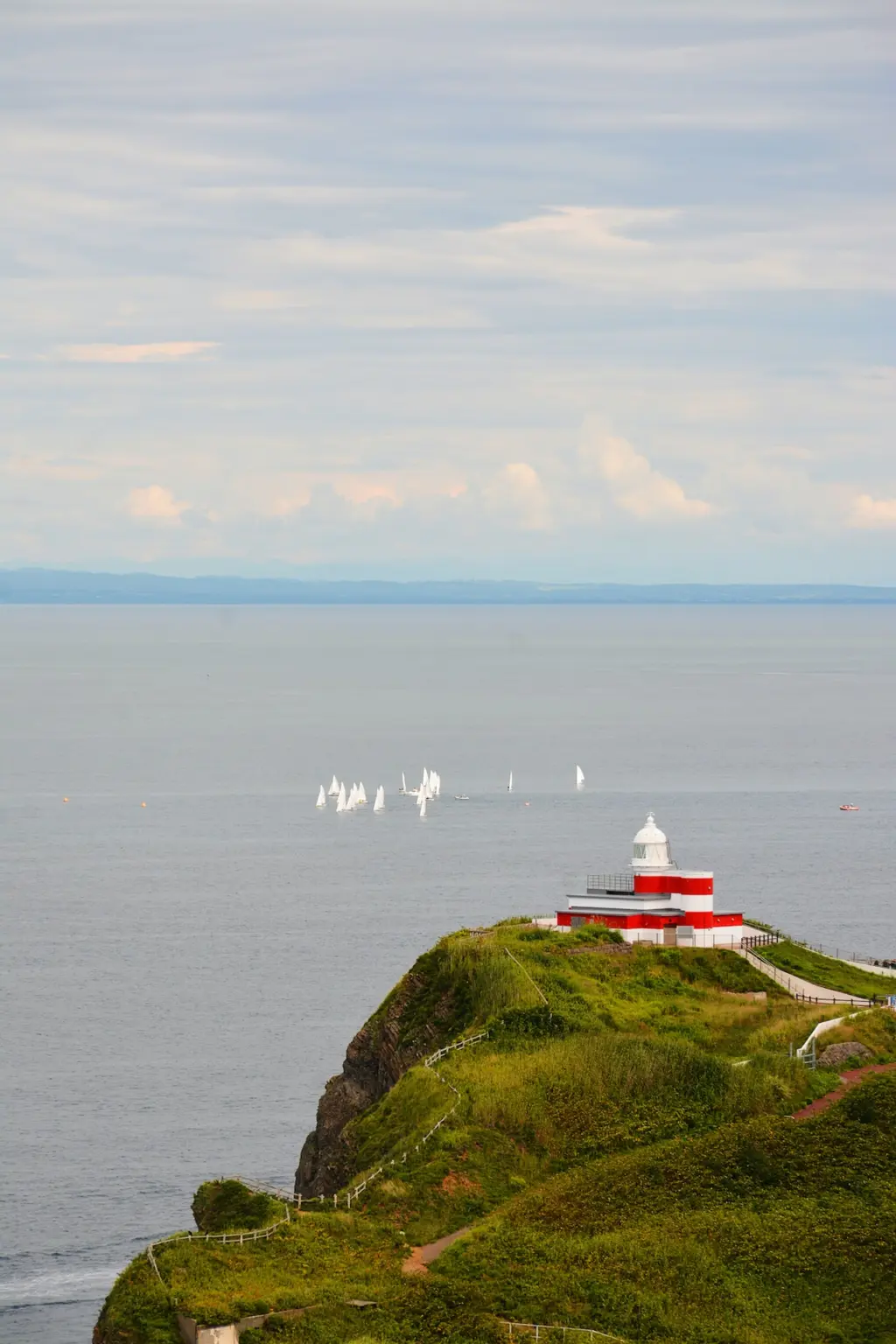
5. Hiyoriyama Lighthouse
Located near the Herring Mansion, stop by the Hiyoriyama Lighthouse for epic views of Otaru’s coasts.
In 2004, October 15th, the Hiyoriyama Lighthouse was first lit, originally built as a wooden hexagonal structure. Interestingly, “Hiyoriyama” colloquially means “Mountain to Check the Weather.”
Standing tall, the lighthouse measures 10.2 m (33.4 ft) from the ground to the tip of the light, with the light itself being positioned 49.8 m (163.4 ft) above sea level. It boasts an impressive light range, reaching up to 19.0 nautical mi (35.2 km).
While the Hiyoriyama Lighthouse is not typically open for public tours, it does open its doors annually during the early summer. This special event, known as “Hiyoriyama Lighthouse General Public Opening,” coincides with the “Otaru Shukutsu Herring Arrival Festival.”
Cost: Free

6. Otaru Aquarium
The Otaru Aquarium houses a vast collection of marine species, ranging from local fish that inhabit Hokkaido’s cold waters to tropical creatures from distant oceans!
Beyond its marine displays, the Otaru Aquarium emphasizes the importance of conservation. Informative boards shed light on the threats many marine species face, from pollution to climate change.
The aquarium’s mission is clear: to foster appreciation for marine life and inspire action to preserve these precious ecosystems for future generations.
A visit to the Otaru Aquarium is a great opportunity to dive deeper into the town’s relationship with the sea, understanding its significance not just as a resource but as a source of wonder and inspiration.
Cost: 1800 JPY
Top Things to Do in Otaru
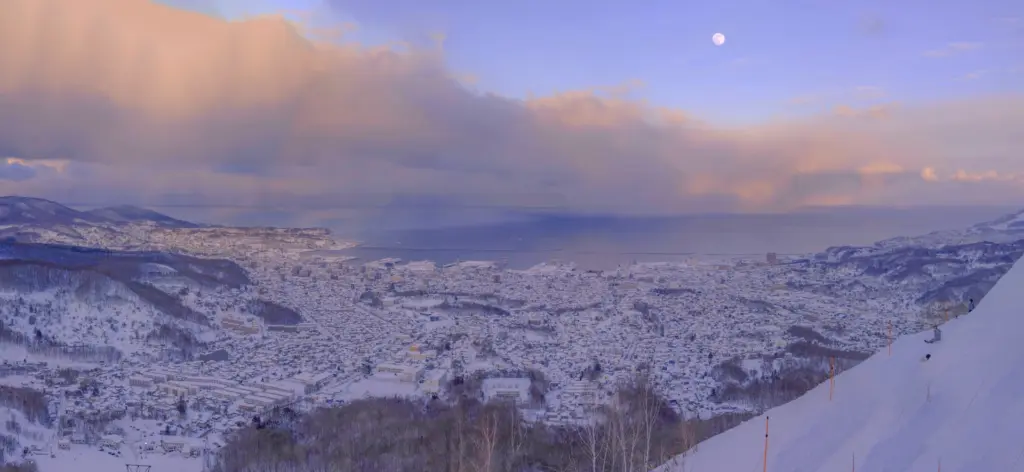
7. Ride the Tenguyama Ropeway
Just 15 minutes from the heart of Otaru is the esteemed Mt. Tengu. Serving as an accessible gateway to this vantage point is the Otaru Tenguyama Ropeway.
Within a span of 4 minutes the ropeway’s gondola will swiftly transport you from the foot of the mountain to its peak.
During the day, you can marvel at the intricate layout of Otaru city, the expansive Otaru Port, and the vast Ishikari Bay. Yet, as spectacular as the daytime vista is, the nighttime offers a different charm.
As the city lights begin to shimmer, you’re presented with one of Hokkaido’s top three night views—a sight that promises to etch Otaru into your memories.
Moreover, Mt. Tengu’s prominence as a sightseeing gem is solidified with its recognition in the Michelin Green Guide Japon, where it proudly holds one star.
It operates from April 15th to November 5th between 9:24 am and 9:00 pm, and during the peak summer months of July and August, it starts a bit earlier at 9:00 am. A round-trip fare costs 1,140 JPY for adults and 570 JPY for children.
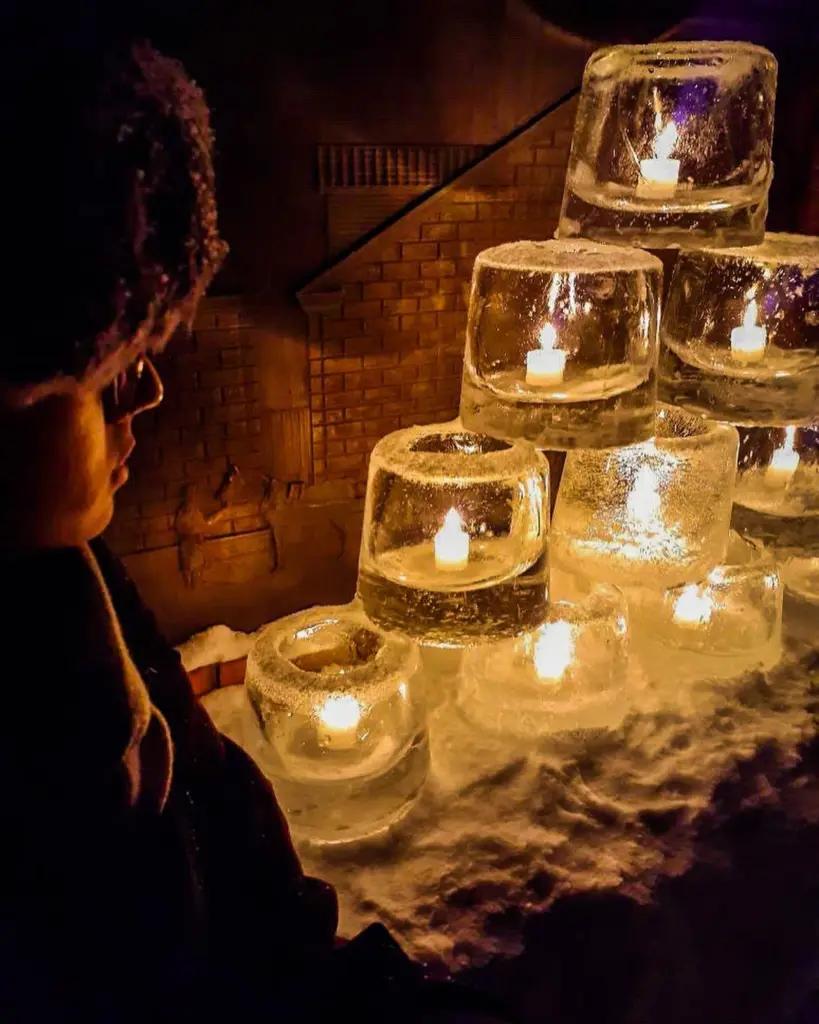
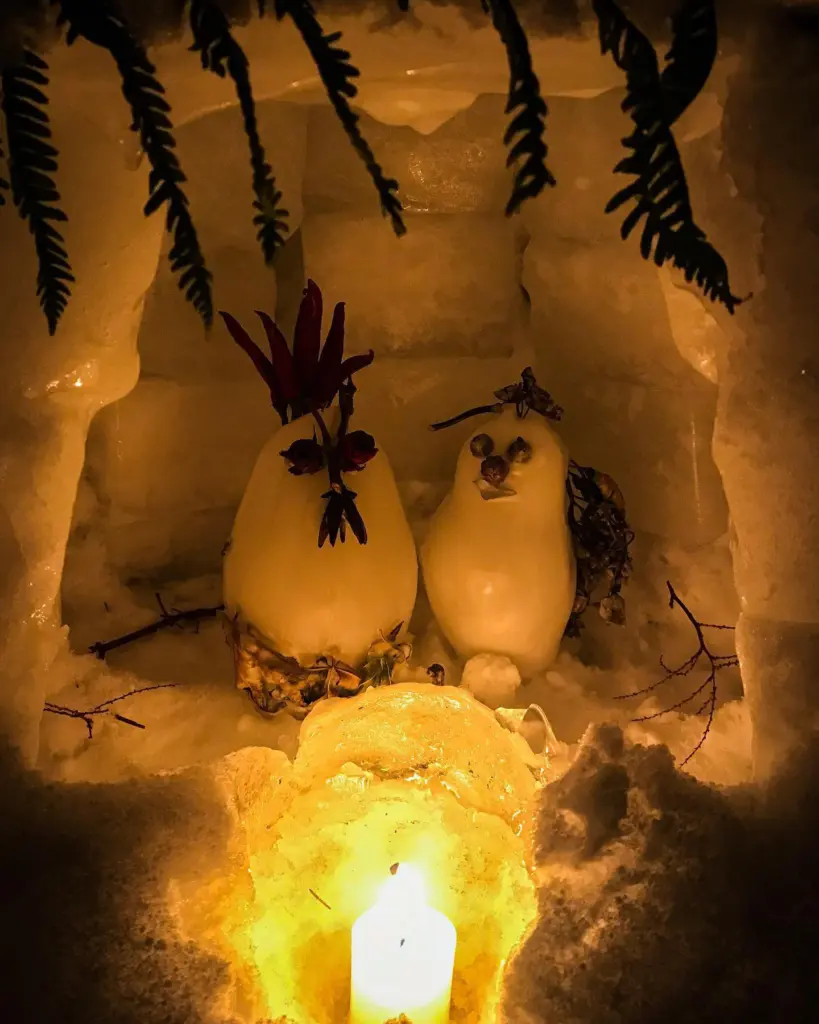
8. Enjoy the Otaru Snow Light Path Festival
If you’re visiting around February, you’re in for a treat! You’ll get to see another side of Otaru through the Otaru Snow Light Path Festival.
A celebration that truly transforms the city into a mesmerizing canvas of ice, light, and snow.
Every February, for ten days, the streets and canals of Otaru are illuminated by a myriad of handcrafted snow lanterns and delicate, glowing glass buoys.
These handmade lanterns radiate a soft, warm light that casts a magical glow upon the pristine snow. It’s a sight that’s ethereal, as if the entire city has been sprinkled with stardust.
The festival serves as a serene counterpart to the much more grand Sapporo Snow Festival. While the latter is famous for its large-scale ice sculptures, Otaru’s event is cherished for its intimate and heartwarming ambiance.
This distinction isn’t by accident.
The festival was started as a way for the community to come together, and over the years, it has retained this essence of togetherness. We found so many people just offering free food and hot drinks, you’ll really feel the spirit of Otaru during this time!
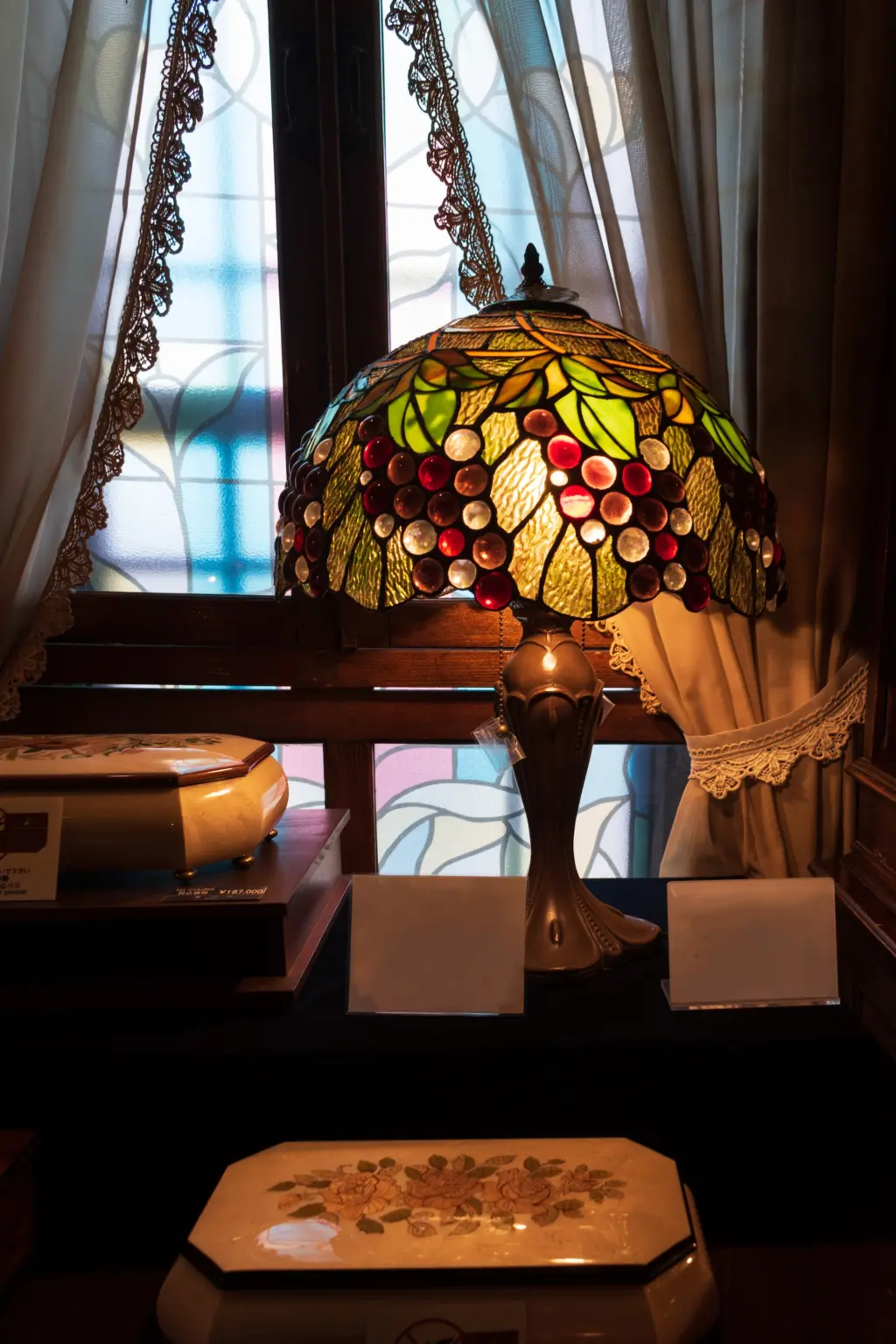
9. Peruse Kitaichi Glassware
As you go around Otaru, the shimmering glint of handcrafted glass might catch your eye. This is the legacy of Kitaichi Glass.
Since its establishment in 1901, Kitaichi Glass has been a symbol of artisanal craftsmanship in Otaru. Originally a supplier of lamp chimneys for oil lamps, Kitaichi transitioned into crafting exquisite glassware items, ranging from tableware to ornamental pieces.
Over time, the name Kitaichi became synonymous with intricate, high-quality glass.
The Kitaichi Hall, with its 167 gas lamps illuminating the space, offers a serene environment where you can sip on a drink or two while enjoying a dessert surrounded by the warm glow of glass lamps. And you have to admit, that makes for a romantic date idea.
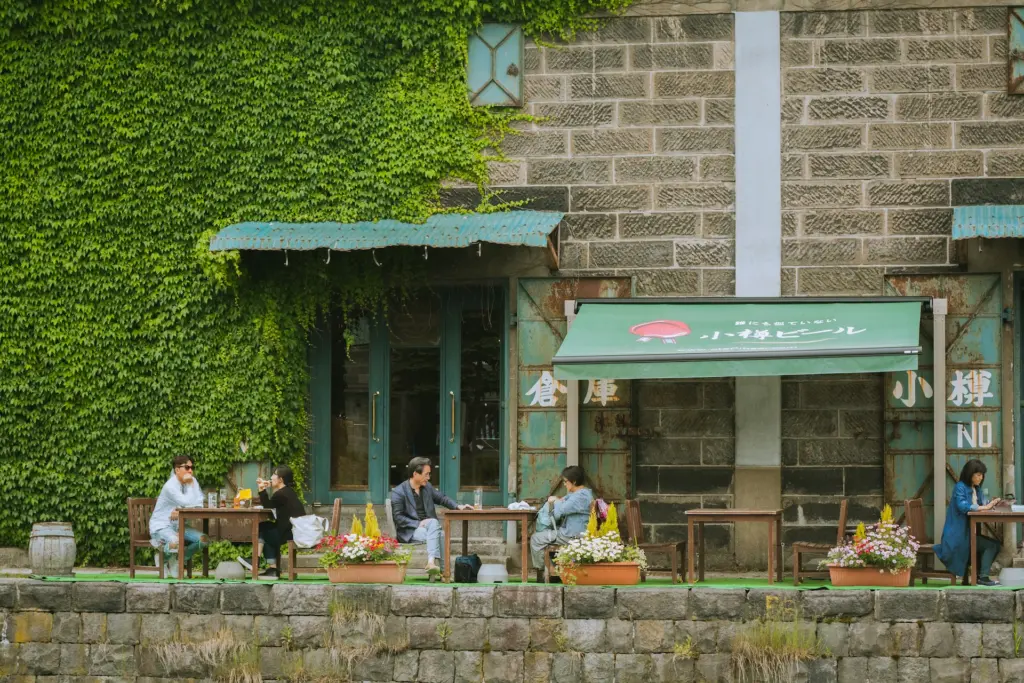
10. Taste Otaru Beer
The story of Otaru beer is deeply intertwined with the history of the city itself. In the late 19th century, as Japan opened its doors to the West, Otaru became one of the primary ports facilitating trade. Alongside commodities, beer brewing techniques trickled into Otaru, starting the birth of a brewing culture that’s uniquely Otaru-ese.
Step into the Otaru Beer Keller, located within a brick building, and try out Otaru Beer with its Bavarian-inspired brews. The high ceilings, wooden interiors, and old-world charm set the perfect ambiance to sample beer brewed using age-old German techniques.
The beers here are unfiltered and unpasteurized, which means every sip is bursting with fresh flavors!
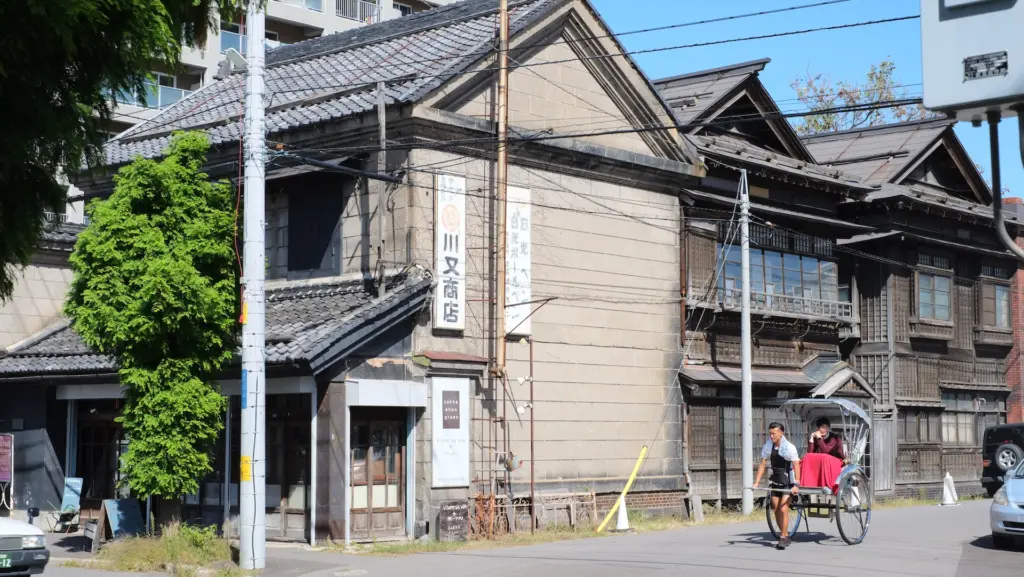
11. Ride on a Rickshaw
Exploring Otaru on foot is a treat, but just like in Asakusa, taking a rickshaw ride offers a whole new perspective!
Rickshaws, once a common sight in many parts of Japan, are now a delightful throwback to simpler times. Skilled rickshaw pullers, with their cheerful demeanor and deep knowledge of the city, offer you a unique storytelling experience of the city.
Starting from the city’s historic canal district, the rickshaw winds through narrow alleyways and bustling streets. Along the way, your rickshaw puller will share tales of old Otaru, pointing out landmarks, historic buildings, and hidden gems that you might miss on a regular tour.
It’s not just about the places but the stories that come with them. You might hear about the tradesmen who once thronged the streets, the festivals that brought the city alive, or simply a funny anecdote about a spot you’re passing by.
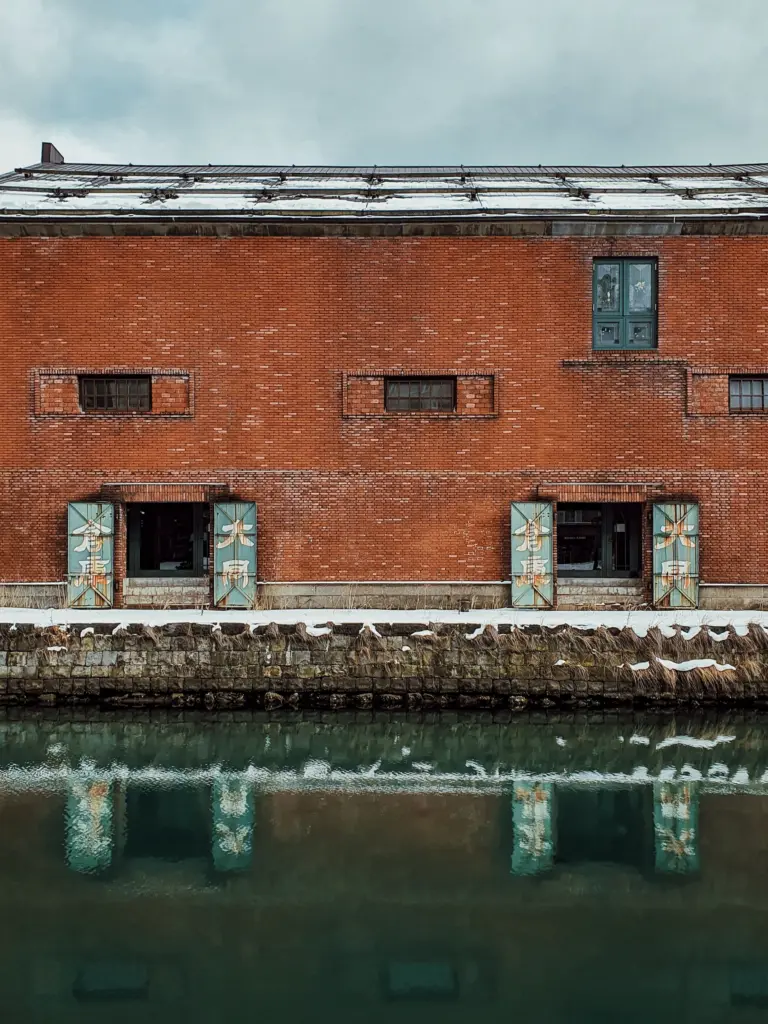
12. Shop at the Red Brick Warehouses
When you walk along the canal and catch a glimpse of the historic warehouses, it’s like stepping back in time. The reddish-brown bricks, aged by the elements, give each warehouse a distinct character, just like the ones over at Yokohama.
Large wooden doors and wrought-iron fittings are remnants of a bygone era, yet there’s a rustic charm to them. Along with the reflections cast on the canal waters, they make for excellent opportunities to practice photography composition.
While their exteriors may echo the past, the interiors of many of these warehouses have been revamped to cater to the present-day crowd. Today, they house a mix of boutique shops, art galleries, cafes, and restaurants.
It’s worth taking a moment to appreciate the adaptive reuse of these historic buildings. Rather than letting them fall into disrepair or tearing them down, the city has breathed new life into them, ensuring they remain a vital part of Otaru’s cultural landscape.
13. Relax at Yunohana Onsen
Before we went to check out the Snow Light Path Festival, we just had to take a dip at an onsen after so many days of exploring.
We found our way to Yunohana Onsen, which stands out among the onsen in the area. With two locations in central Hokkaido, one situated in Otaru and the other in Jozankei-Ebetsu, it has solidified its reputation for offering amazing baths.
They offer two distinct baths that switch between genders daily: one styled in Western fashion, reminiscent of a rotenburo (outdoor bath), and the other bearing the characteristics of a Japanese rock onsen.
If you’re looking for the best onsen resort in Hokkaido, look no further than Noboribetsu!
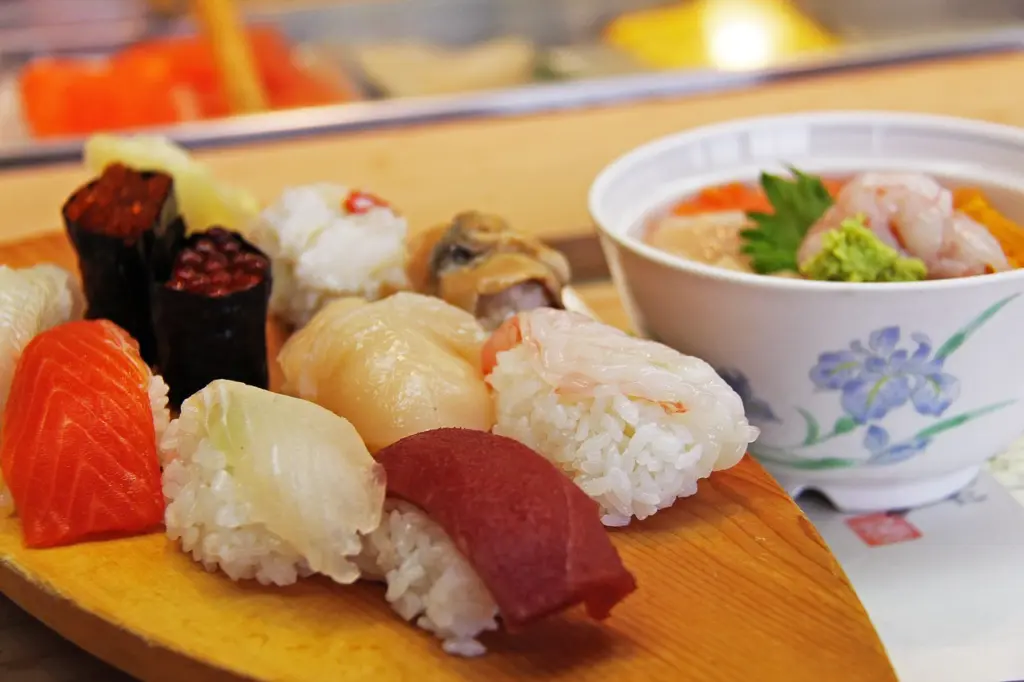
14. Try Out Fresh Seafood
Trying out the seafood in Hokkaido is a must. Hokkaido is renowned for high quality and primo-fresh seafood.
One of the must-visit areas is “Sushiya-dori”, or Sushi Street. This stretch is home to numerous sushi restaurants that compete to serve the freshest catch of the day. Whether you have a penchant for fatty tuna, a fondness for sweet shrimp, or a craving for the delectable taste of uni (sea urchin), the sushi establishments here promise a culinary experience to remember.
For those who prefer an assortment of seafood in one dish, a Kaisendon is the way to go. This dish is essentially a bowl of rice generously topped with a variety of raw fish and other seafood. Each establishment usually boasts its unique Kaisendon mix, which means every bowl offers a new taste adventure.
When in Otaru, always keep an ear out for the day’s special catch. The freshest seafood options can vary daily. And if you’re ever in doubt about what to order, trust the experts. You can’t go wrong with a “Osusume wa nandesuka?” (What’s your recommendation?)
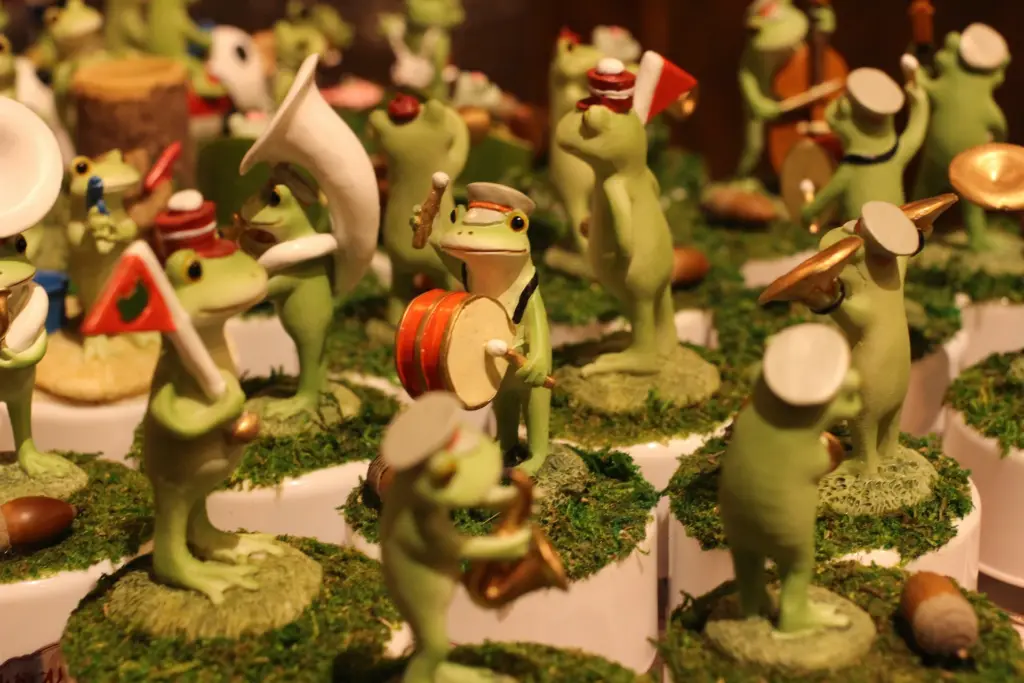
15. Go on a Canal Cruise
Right back to where we started. Apart from strolling around the canal area, you can also join a cruise!
Taking a boat ride along this picturesque canal is a delightful way to explore the town’s heritage and enjoy its calm ambiance. Guides onboard usually share tidbits about Otaru’s history and the significance of various landmarks along the canal.
It’s even better if you’re visiting during winter as it’s also possible to take a boat ride around the canals during the Snow Light Path Festival!
Where to Stay in Otaru
If you’re planning on staying a day or two in Otaru, there are plenty of fine establishments to choose from traditional Japanese-style, Western stays, or a little bit of both. Here are some of my recommendations:
Best Hotels in Otaru:
- Ryo An – each room at Ryo An is air-conditioned and comes with amenities such as a fridge, microwave, electric tea pot, desk, and a bidet. Additionally, the rooms offer private bathrooms equipped with a shower, hairdryer, complimentary toiletries.
- Dormy Inn Premium – provides air-conditioned rooms equipped with a flat-screen TV, refrigerator, and complimentary internet access. The inn boasts amenities such as natural hot spring bathtubs, a sauna, a coin-operated laundry machine, and a public computer in the lobby.
- Hotel Torifito Otaru Canal – along with a 24-hour front desk, the hotel also houses a restaurant. You can enjoy complimentary WiFi, and the option for private parking is available for an additional fee. Each air-conditioned room is well-equipped with amenities such as a desk, electric tea pot, fridge, safety deposit box, TV, and a private bathroom with a bidet.
Best Hostels in Otaru:
- Otaru Tap Room – after exploring the city, unwind with a refreshing tap of beer at Otaru Tap Room, a hostel bar, complete with a welcome drink! Engage in delightful conversations with both locals and fellow guests, as well as the friendly staff.
- Otaru Yado – a cozy hostel featuring an array of rooms, from dormitories to private and family accommodations. With a convenience store on its first floor, it boasts essential amenities like air conditioning, free WiFi, and chargeable laundry services.
- Otarunai Backpackers Hostel – the pioneering backpackers hostel in Hokkaido established in 1999, offers budget accommodations in Otaru. Ideal for free and independent travelers, it evokes a homely feel. As for parking, there are free parking for two cars, though reservations are necessary.
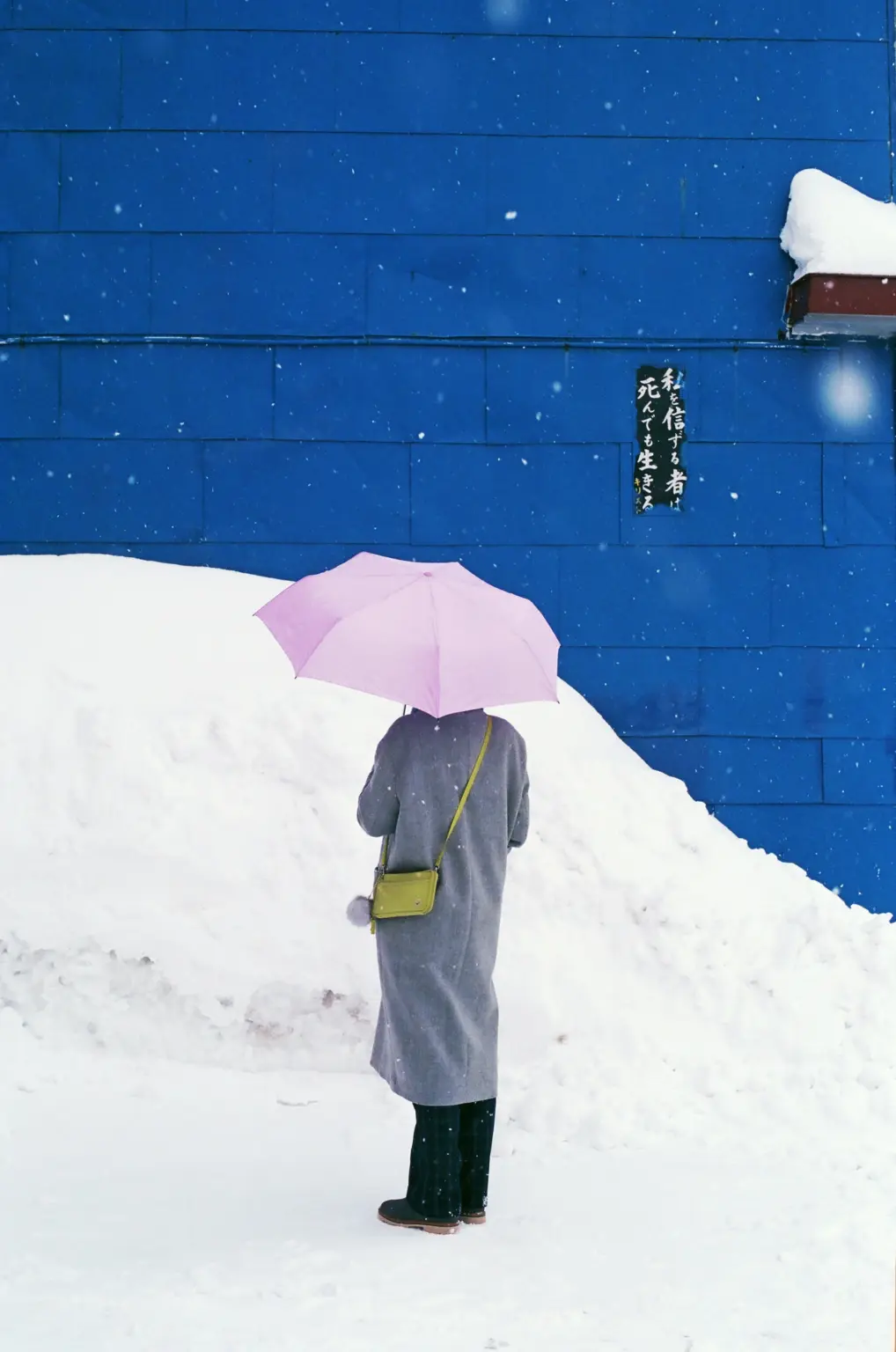
How to Get Around Otaru
Otaru, a port city on Hokkaido’s coast, is known for its well-preserved historical architecture, canals, and fresh seafood. Though the city can be explored on foot, especially around the canal and central areas, there are also various transport options to help you navigate the area more broadly:
On Foot: Many of Otaru’s main attractions, like the Otaru Canal, Sakaimachi Street, and various museums, are located relatively close to each other. Alternatively, you can also join a walking tour and gain insights from a local.
Bicycles: There are rental shops where you can rent bicycles for a few hours or the entire day. Goes without saying that this is not really recommended in Winter.
City Buses: Otaru’s city bus system can take you around most of the spots on this post, including Tenguyama and Yunohana Onsen.
Taxis: They’re convenient for quick transportation but can be expensive.
Rental Cars: If you’re comfortable driving in Japan and wish to explore the surrounding areas of Otaru at your own pace, renting a car is a wonderful option.
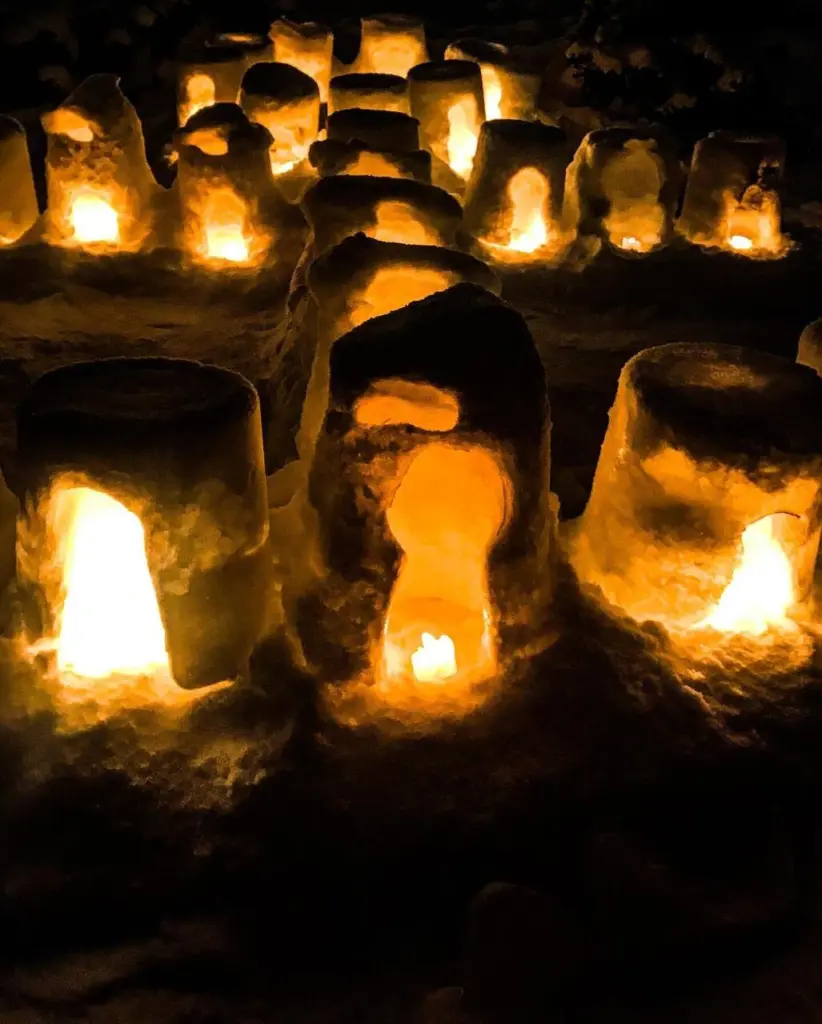
Best Time to Visit Otaru
Otaru, with its temperate climate and seasonal attractions, provides unique experiences throughout the year, before you head on be sure you also have some travel insurance for that peace of mind!
-
Winter (December to February): If you’re looking to experience the magical Otaru Snow Light Path Festival and are comfortable with chilly temperatures that average between -10°C (14°F) and -1°C (30°F), then winter is the best time for you. The snow-covered streets and buildings make it a winter wonderland.
-
Spring (March to May): Those keen on witnessing the cherry blossoms should visit in spring. Temperatures hover between 1°C (34°F) and 10°C (50°F), making it pleasant for sightseeing.
-
Summer (June to August): If you prefer mild weather and outdoor activities, summer, with temperatures between 15°C (59°F) and 25°C (77°F), is the ideal time. The city’s canals and nearby beaches become popular spots.
-
Autumn (September to November): For fans of autumn foliage, this is the perfect season. The colorful leaves against the backdrop of historic architecture make for stunning visuals. Temperatures range from 6°C (43°F) to 15°C (59°F).
How to Get to Otaru
Getting to Otaru is relatively straightforward, given its proximity to Sapporo:
By Train: The most common way to reach Otaru is by train. JR Hokkaido runs frequent services between Sapporo and Otaru. The journey from Sapporo Station to Otaru Station by the JR Rapid Airport or the JR Hakodate Main Line takes about 30 to 40 minutes. If you’re traveling from New Chitose Airport, take the JR Rapid Airport train to Sapporo Station first, and then transfer to a train bound for Otaru.
By Car: If you prefer to drive, from Sapporo, it’s about a 40-minute drive to Otaru via the Sasson Expressway. From New Chitose Airport, it takes approximately 1.5 hours by car.
By Bus: There are also bus services that run between Sapporo and Otaru, though the train is generally more convenient and faster. Buses can be a good option if you’re traveling from areas not directly served by the train.
By Private Transfer: There are also private transfers from Sapporo to Otaru if you are looking for a hassle-free and comfortable experience.
Plan Your Trip to Otaru | Best Travel Resources
Book Your Accommodations
- Booking.com – the world’s leading online booking platform for accomodations around the world, they have an extensive amount of available listings with zero booking fees and best price guarantees.
- Hostelworld – a backpacker’s best friend, Hostelworld has the largest collection of hostels and guesthouses for affordable prices.
Don’t Forget Insurance
- SafetyWing – from Nomad Insurance, an insurance by nomads for nomads. They understand our lifestyle well and have really comprehensive and flexible plans that cater to any traveler.
Find Cheap Flights
- Kiwi.com – my go-to for booking and finding the cheapest flights and it’s helped me save tons of money. They do virtual interlining which is connecting flights from airlines that do not codeshare, so you can find routes that you wouldn’t be able to find normally.
Join Tours & Activities
- GetYourGuide – is one of the best places to find unique tours and activities. I found that it’s an excellent way to meet fellow travelers and create fond memories. They are not only limited to tours as they also offer niche services such as skip-the-line tickets or private transfers.
Catch a Ride
- Rentalcars.com – nothing beats the freedom of the road, Rentalcars.com is the world’s largest online car rental service. They operate across 160 countries so they’re the perfect partner to work with if you find yourself wanting a ride.

